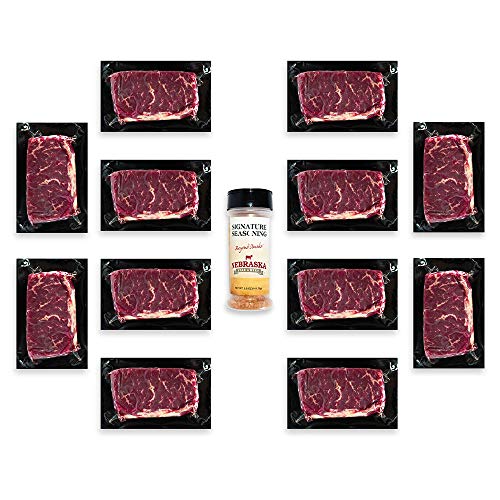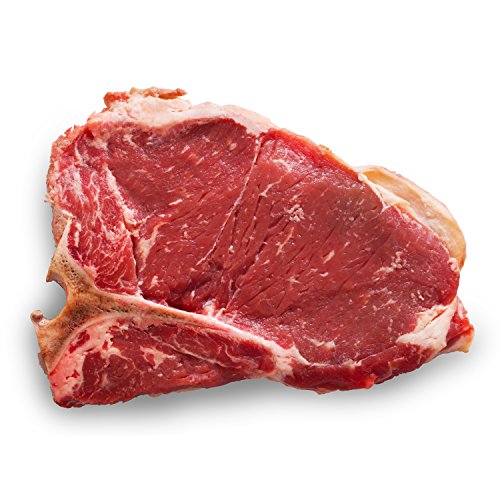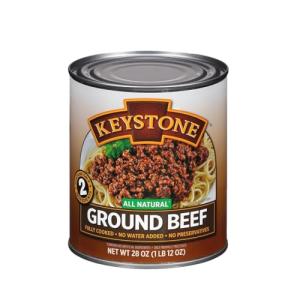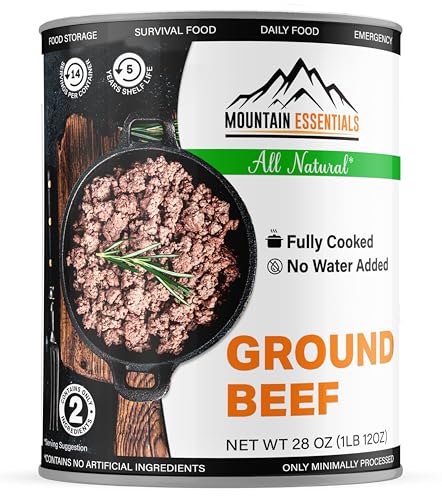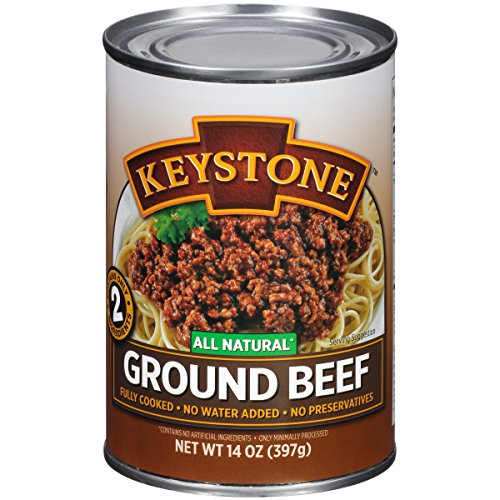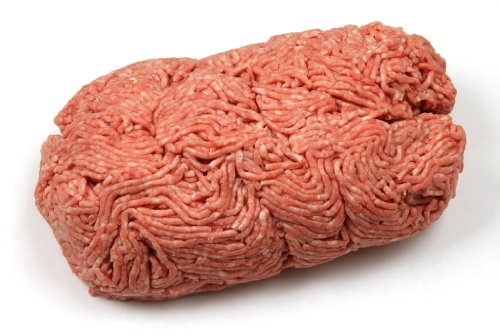Grass Fed Beef comes from cattle that eat a natural diet of grass and forage throughout their lives. This is different from grain-fed beef, where cattle are often fed a diet rich in corn and soy. When you choose Grass Fed Beef, you’re getting meat that reflects the animal's more natural living conditions.
The flavor of Grass Fed Beef is often described as richer and more robust compared to grain-fed options. This is because the diet of the cattle affects the taste and texture. Grass-fed beef tends to have a coarser texture and can be a bit leaner, which might mean you have to adjust cooking times or methods to get the best results.
Nutrition-wise, Grass Fed Beef has its perks. It often contains higher levels of omega-3 fatty acids and antioxidants, along with vitamins like A and E. Many folks choose Grass Fed Beef for its health benefits, believing it to be a cleaner, more wholesome option for themselves and their families.
If you're thinking of trying Grass Fed Beef, look for local farms or trusted suppliers that practice sustainable farming. You might also find it at farmers' markets or organic sections of your grocery store. It’s not just good for your plate; it’s better for the environment too, as grass-fed cattle can help improve soil health and reduce their carbon footprint.
Benefits of Grass Fed Beef
Grass fed beef comes with a bunch of perks that make it a popular choice for many meat lovers. First off, it’s packed with nutrients. This type of beef is richer in omega-3 fatty acids, which are great for heart health. You’ll also find more vitamins like A and E, plus important antioxidants that can help boost your immune system. If health is a top priority for you, grass fed beef is a solid pick.
Another great thing about grass fed beef is its flavor. Many folks say it tastes fresher and has a unique, rich flavor that you just can’t find in standard beef. It has a nice, beefy taste that enhances any dish, whether you’re grilling burgers or slow-cooking a roast. If you enjoy savoring your food, grass fed beef will definitely hit the spot.
Let’s not forget about the ethical side of things. Cows raised on grass are usually treated better than those raised on factory farms. They roam freely, munching on grass and living in a more natural environment. When you choose grass fed beef, you’re supporting farms that prioritize animal welfare, which is something many people care about.
Plus, grass fed beef is often better for the planet. These cows can help improve soil health, and when managed properly, they play a role in carbon sequestration. So, by opting for grass fed beef, you’re making a choice that benefits the earth as well as your dinner plate.
Nebraska Star Beef Sirloin Steaks 12-Pack
Deliciously tender sirloin steaks packed to bring your meals to the next level
Product information
$199.99
Product Review Score
4.55 out of 5 stars
213 reviewsProduct links
How to Choose Grass Fed Beef
Choosing the right Grass Fed Beef can feel overwhelming with all the options out there. But don’t worry, I’m here to help you through it! First off, look for beef that’s labeled as 100% grass-fed. This means the cattle have been raised entirely on grass and foraged foods, without any grains in their diet. It’s a sign of quality and often results in healthier, tastier meat.
Next, think about where you buy your Grass Fed Beef. Local farms or butcher shops often offer fresher options compared to big grocery stores. You’ll find that telling stories about how their cattle are raised is common among local sellers. Plus, buying local usually means supporting smaller businesses, which is a win-win!
When you’re at the store, check for marbling. Grass Fed Beef often has less fat, but the fat it does have can be flavorful. Look for a nice balance where the beef appears red and has some flecks of fat running through it. This kind of marbling shows you’ll be getting delicious, juicy results when you cook it.
Don’t forget to ask questions! If you're unsure, chat with the butcher or seller about their practices. They should be able to tell you about the cattle’s diet and living conditions. Good sellers are proud of their Grass Fed Beef and happy to share details. Just remember, your choice helps ensure you get the most out of your beef experience!
H.F.'s Black Angus Beef T-Bone Steaks, 12 Ounce
Tender and juicy T-Bone steaks that bring the flavor of premium Black Angus right to your grill
Product information
$65.14
Product Review Score
4.61 out of 5 stars
171 reviewsProduct links
Cooking Tips for Grass Fed Beef
Cooking grass fed beef is a bit different from your usual cuts, but once you get the hang of it, you’ll love the flavor and tenderness it brings. First off, remember that grass fed beef is leaner than grain-fed beef, so it cooks faster and can dry out if you’re not careful. Keep an eye on the time and temperature to avoid tough bites.
When you’re seasoning your grass fed beef, go for the classics. Salt and pepper are great, but you can also experiment with garlic powder, onion powder, or your favorite herbs. Just remember, less is often more. You want to enhance that natural flavor without overpowering it.
Cooking methods play a big role too. Grilling and pan-searing work really well but don’t forget the importance of letting it rest after cooking. This is key! Resting allows the juices to redistribute, giving you a juicier and more delicious bite. Aim for about 5-10 minutes of resting time before slicing into your grass fed beef.
If you’re looking for the best doneness, aim for medium-rare, around 130-135°F. Use a meat thermometer for accuracy. It’s super helpful and takes the guesswork out of the process. Lastly, don’t be afraid to get creative. Grass fed beef is versatile—toss it in a stir-fry, grill it up for tacos, or throw it in a hearty stew. Enjoy experimenting!
